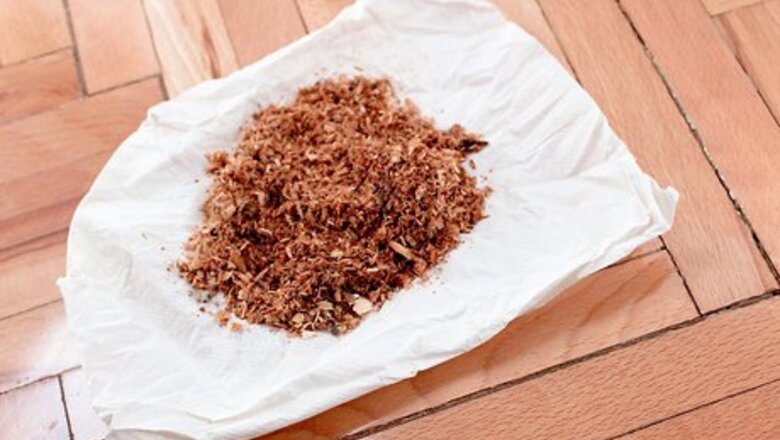
views
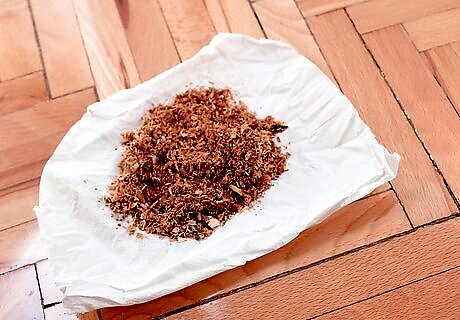
Get some sawdust from the floor you want to repair. If you don't have any leftover pieces of matching wood laying around your house, you'll have to go to a flooring store and buy a piece of wood to match. (same species and stain if possible).

If you can't find any wood to match, you'll have to "cannibalize" a piece of the existing floor. Pull up the baseboard and pry up a strip from the edge of the floor, or alternatively, remove a piece from under a doorway. Sand the side of the wood nearest the wall where it will be hidden under the baseboard once it's re-laid, or at the edge of the strip under the door where it's hidden by the door jamb.
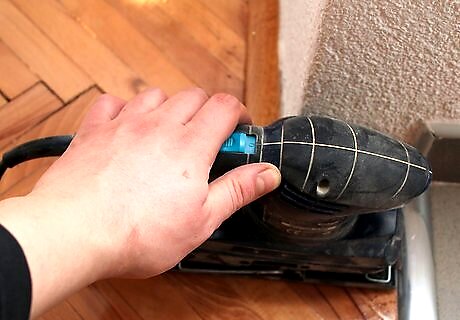
Using a belt sander, sand off a cup or two of wood from the piece of wood into a container (or however much you think you'll need to fill the cracks).
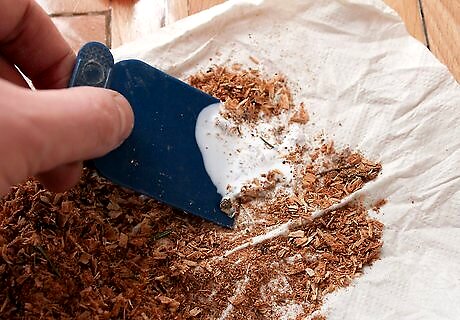
Mix the sawdust with some wood glue to make a fairly thick paste.
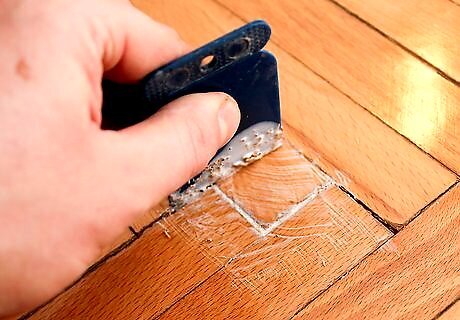
Using a plastic trowel (or a plastic spatula), lay the sawdust/glue mixture into the cracks. Try to finish off as smooth as possible. Wipe the patch and adjacent flooring with a damp rag to wipe off any excess. Wipe on a diagonal to avoid pulling filler out of the patch.
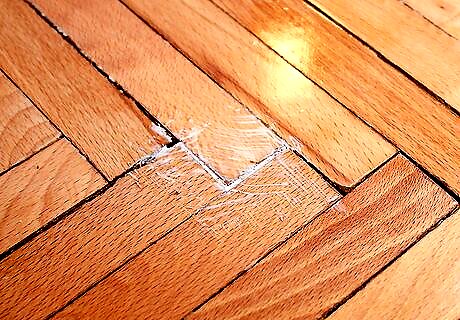
Let the filler dry for a day or two.

Sand lightly. If there's a huge color difference between the patch and the rest of the floor, you might need to re-stain the patch.Using a very small artist's brush, stain the patch. Allow to dry for a minute and wipe off. Let the stain set overnight and using another small artist's brush, cover the patch with a coat of varnish to match the existing floor.
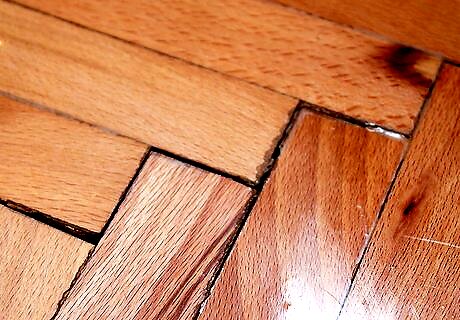
If there are a large number of patches on your floor, or there's a noticeable difference in level of sheen, you might need to re-varnish the entire floor.




















Comments
0 comment